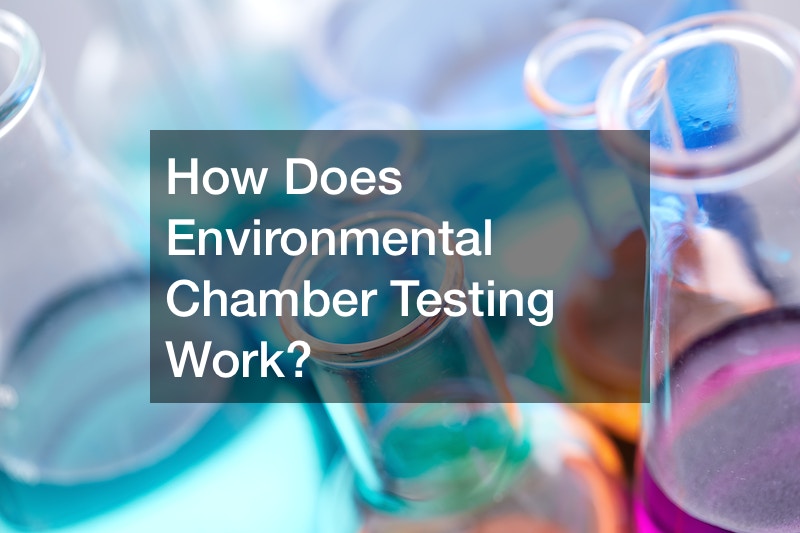
Environmental chamber testing, also referred to as climatic chamber testing, offers a range of benefits for product testing and validation across industries. By providing controlled environments with precise conditions, these chambers enable organizations to simulate extreme temperatures, humidity levels, and pressures, ensuring the reliability and durability of their products.
One key advantage of climatic chamber testing is its ability to expedite product development and testing cycles. By using environmental test chambers, companies can subject their products to a wide array of environmental conditions within a controlled setting, allowing for the collection of comprehensive data and the identification of potential weaknesses.
Another significant benefit of climatic chamber testing is its capacity to mitigate risks and ensure product performance in real-world scenarios. By replicating challenging environments, such as extreme temperatures or humidity levels, organizations can assess the impact on their products and make informed design improvements, ultimately reducing the risk of failures or malfunctions when deployed in the field.
Moreover, climatic chamber testing enables companies to save time and costs associated with physical prototyping and field testing. By utilizing environmental chamber services or thermal chamber rentals, organizations can simulate and evaluate a wide range of environmental conditions in a controlled laboratory setting, leading to more efficient testing processes and accelerated product development timelines.
In conclusion, environmental chamber testing, provided by environmental test chambers and thermal chamber rentals, delivers numerous advantages for organizations seeking to enhance their products’ reliability, durability, and performance.
